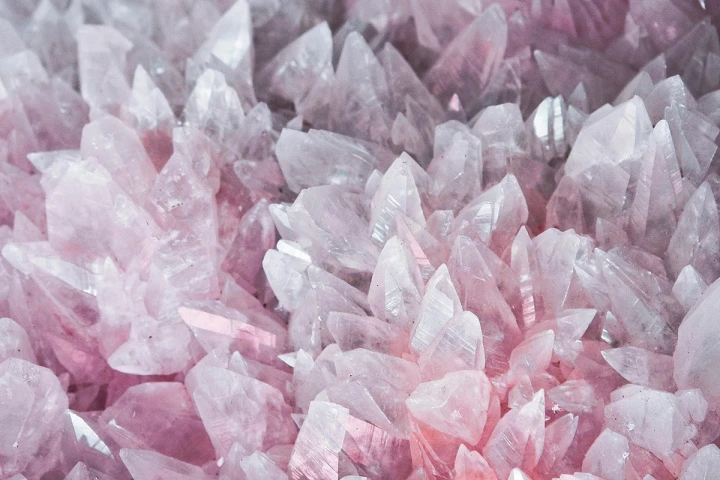Hokkaido University
-
Researchers have developed a new crystalline material that can release and capture oxygen on demand. That allows for efficient electricity production from hydrogen with low emissions from fuel cells, and without breaking down over repeated use.
-
Researchers have discovered that mice possess a natural form of gene therapy, a non-coding RNA that can sidestep genetic mutations. They were able to engineer a programmable version that might be used to treat genetic diseases in humans.
-
Samples taken from the near-Earth asteroid 162173 Ryugu continue to provide scientists with important insights. The discovery of the nucleobase uracil, a part of RNA, in the samples, hints at the potential beginnings of life on our planet.
-
Unlike the tissue in other parts of the body, such as the skin, the neuronal tissue in the brain doesn't regenerate after being damaged. It may one day be able to do so, however, with a little help from a new type of hydrogel.
-
In order to grow big and strong, plants require the red and blue light that are part of the visible "white" light produced by the sun. Scientists have now developed a plant-boosting film, that converts the sun's UV light into more red light.
-
Scientists in Japan have made a fascinating discovery around muscle wasting, demonstrating how human muscle cells can be infused with serum from hibernating black bears to not just prevent atrophy, but actively promote an increase in mass.
-
A new study from scientists in Japan and the US has identified a form of inter-neuron communication as a key mechanism in the way inflammation spreads between joints in conditions like rheumatoid arthritis.
-
Scientists have come up with a new tool to study the way cancerous cells can hide away in body tissues and spring back into action once the danger appears to have passed, with a new hydrogel that turns different cancer cells into cancer stem cells.
-
We have seen how gold nanoparticles can fight cancer in a number of ways, but they aren’t without their problems. Scientists in Japan have found a solution to one of these drawbacks, through the careful addition of a ring-shaped synthetic compound.
-
Our brains not only memorize things, they also forget them. While that may seem like a limitation, it's a quality that's been copied in a new hydrogel – and it may actually have some practical applications.
-
Earth is a famously watery planet, but where exactly it all came from is a mystery. Now researchers have suggested a new origin story, by showing that water and petroleum can form inside clouds of organic matter, at high temperatures and pressure.
-
An international team of scientists led by Takeshi Horinouchi of Hokkaido University suggests that a atmospheric equivalent of tidal waves may be responsible for the super-rotation of the atmosphere of Venus, which acts as a giant heat engine.
Load More











